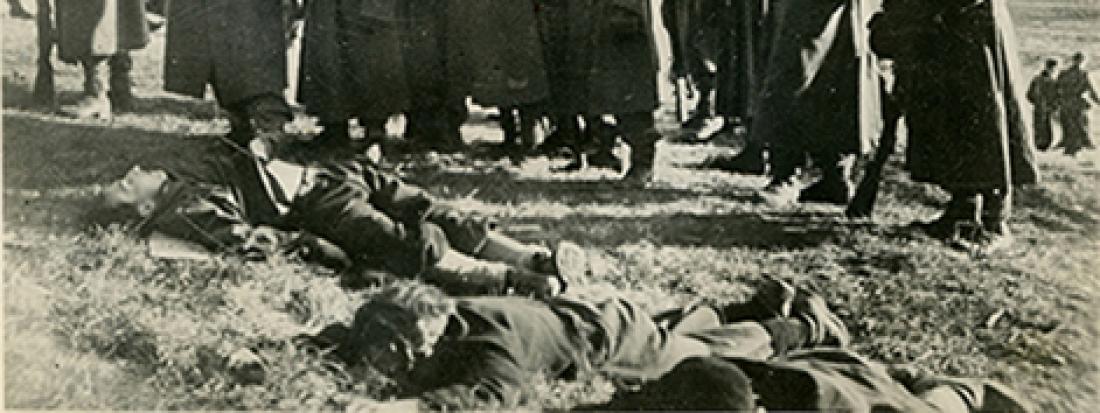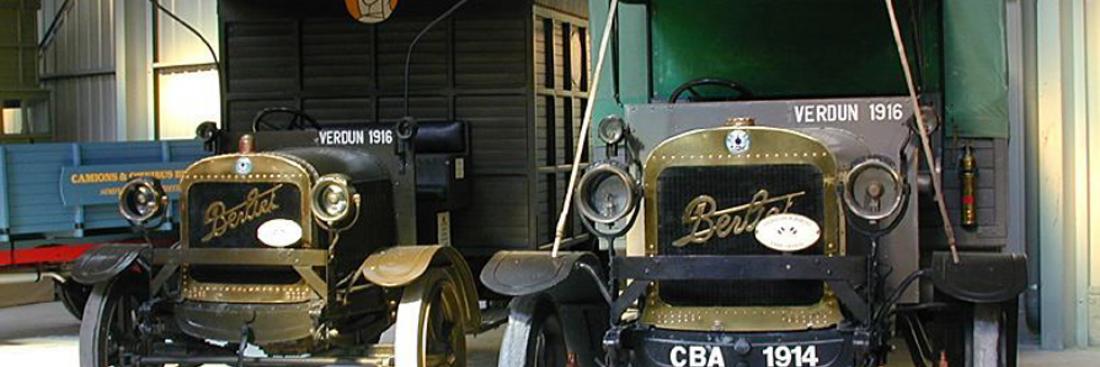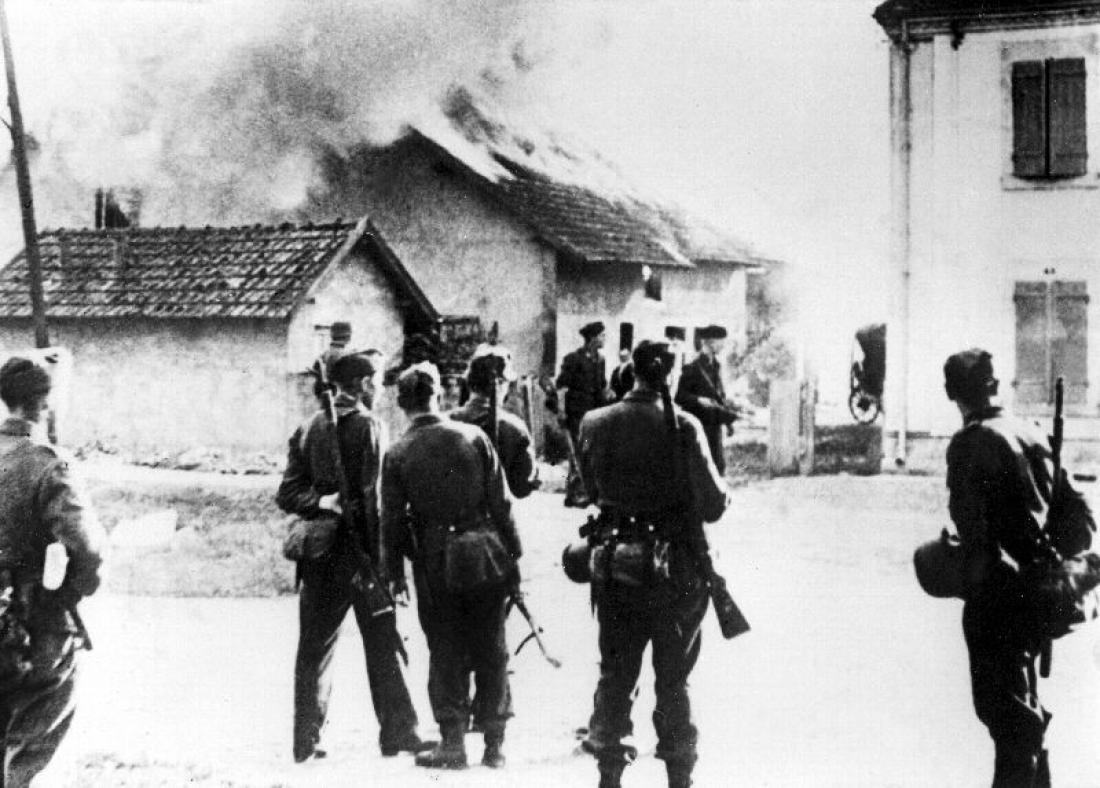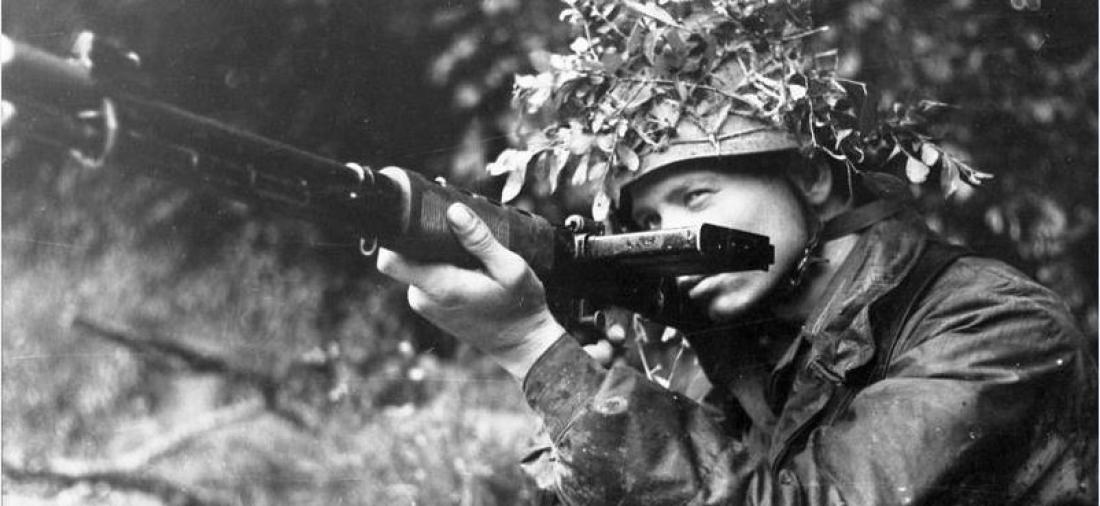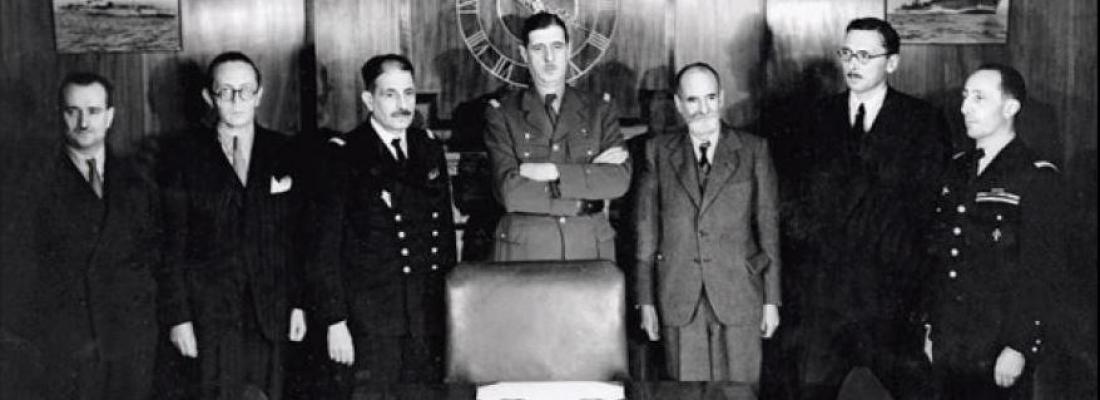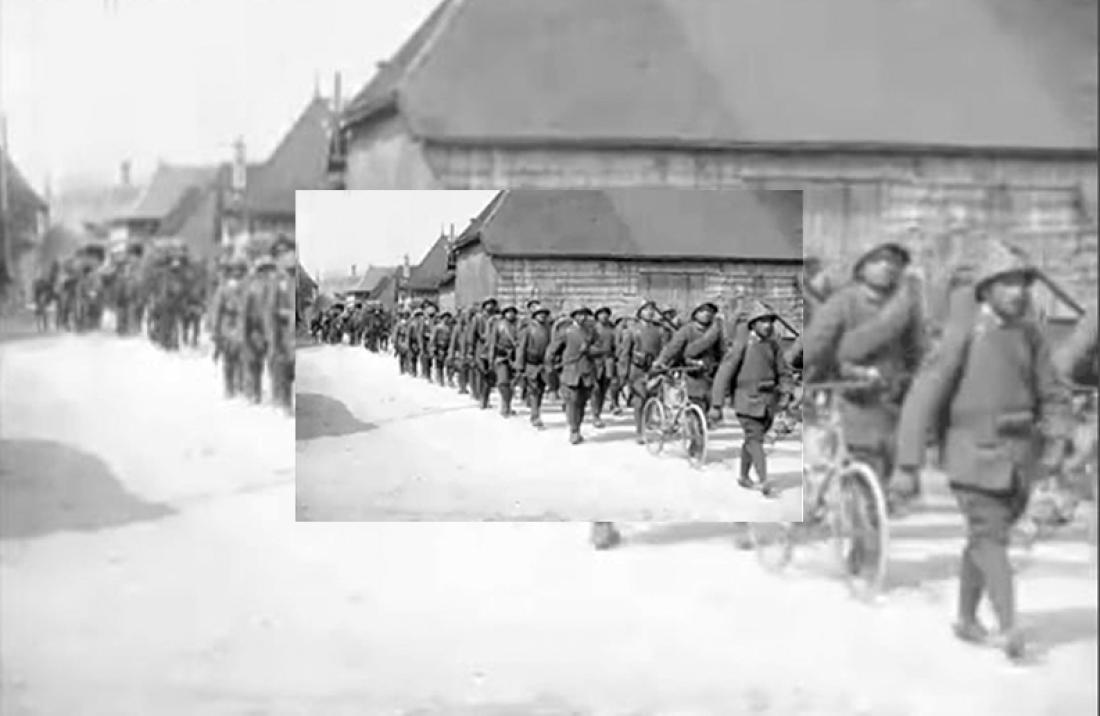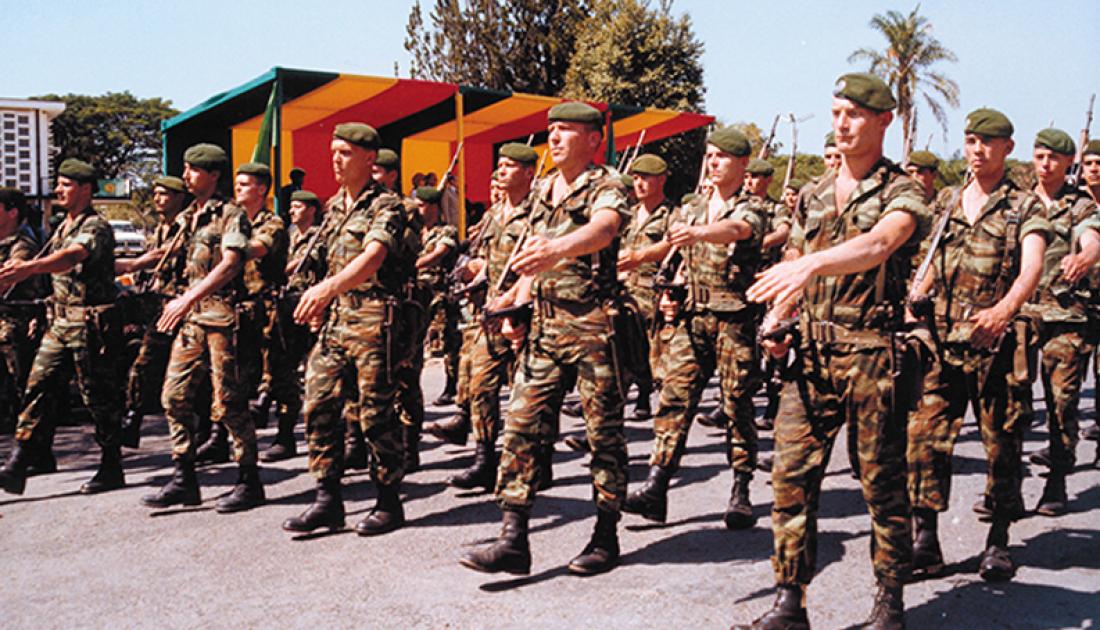Daniel Cordier: The green hat is still green
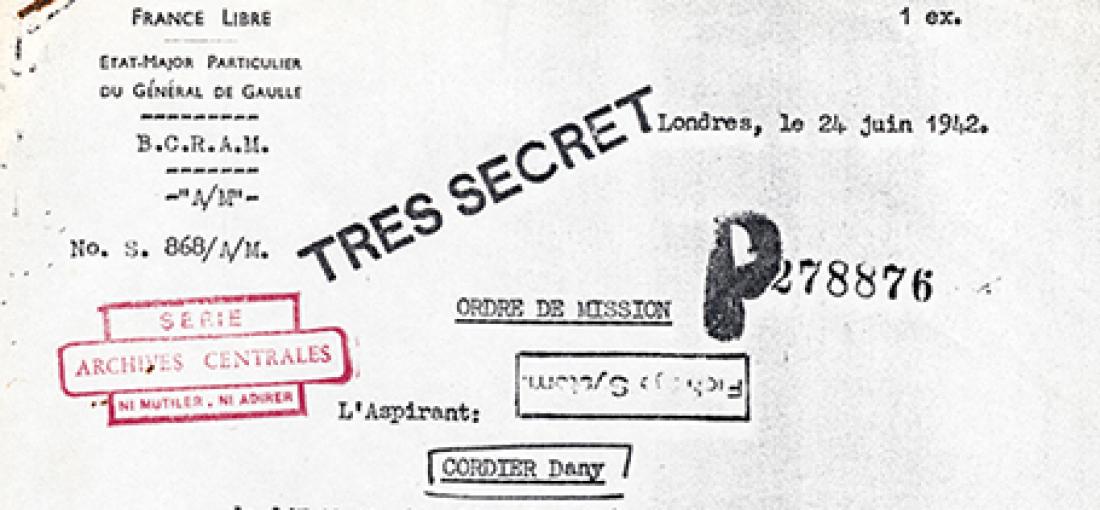
For a free Frenchman, joining the ranks of the Central Bureau of Intelligence and Operations meant giving priority to clandestine activities in France. The mission orders testify to the diversity of forms these activities took. The special services archives conserved by the Defence Historical Service still have their surprises, even for Daniel Cordier, who acquired a well-deserved reputation as a discoverer of the archives in the 1980s.



